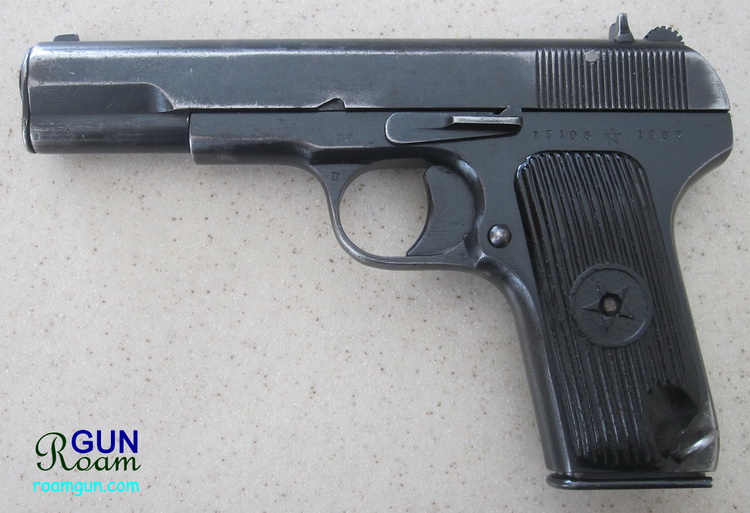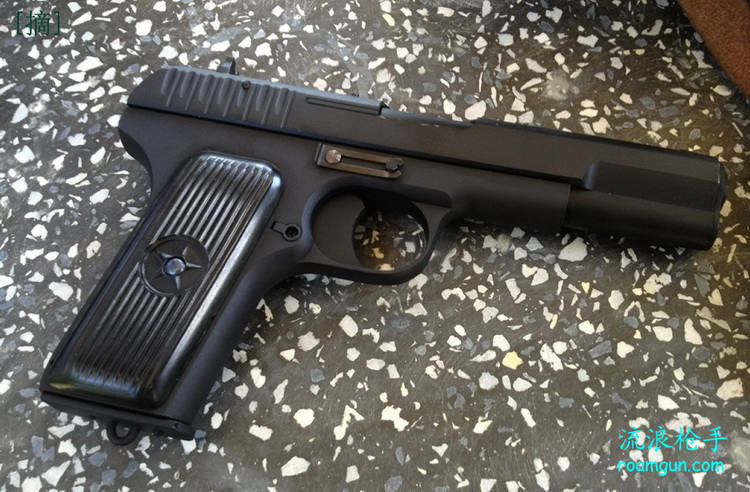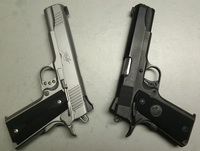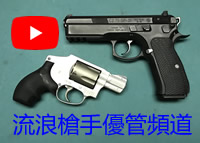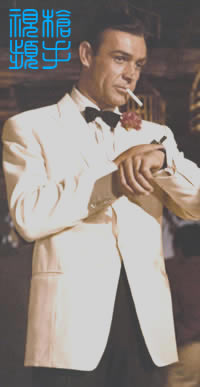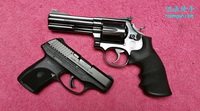这是一篇英文转摘文章,原发表于March 28, 2011 issue of Gun Digest,原文链接在下面。
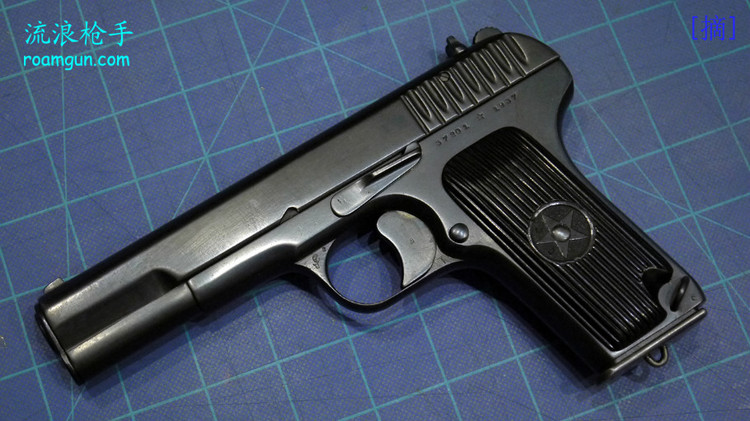
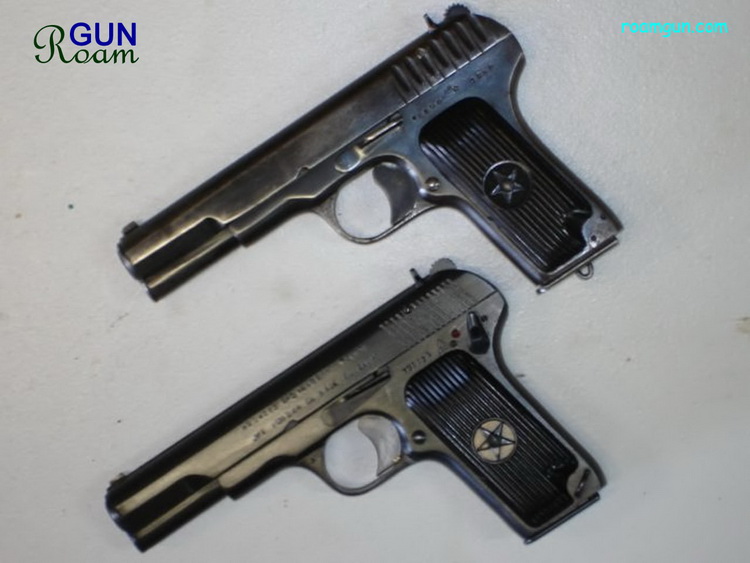
Fedor V. Tokarev, 1871-1968, was a Russian arms designer. His name is familiar to many American arms collectors. Among his designs were the SVT-40 self loading rifle and the TT-30 and TT-33 pistol. The pistol is the focus of this month’s Collectors Corner.
In 1930 the Soviet Revolutionary Military Council began looking for a replacement for the 1895 Nagant revolver. The new pistol was to chamber the newly adopted 7.62x25mm cartridge. That cartridge is dimensionally identical to the German 7.63 Mauser Broomhandle cartridge but was loaded to a higher pressure.
Tokarev, an official at the Tula arsenal, lead a group that submitted one of the designs tested. They obviously borrowed some features from the Colt 1911 design such as the method of locking the breech and use of the link to tilt the barrel up. Tokarev took a couple interesting turns. First, there is no safety. Another distinctive feature is the hammer-sear mechanism which can be removed from the frame as a complete unit. Finally, there are no screws used in the gun. The grips are held in place by internal catches. The Soviet Arms committee liked the design and designated it the Tula-Tokarev 1930 pistol or TT-30.
The TT-30 was produced through 1936 with about 93,000 pistols being made. In 1933 two changes were made to the design which necessitated changing the name to TT-33. The changes were in the method the barrel locking lugs were machined and by simplifying frame design to reduce the number of parts needed. These changes did not get incorporated into the production line until 1936.
The TT-33 was produced through WWII and into the mid 1950’s. The design was unchanged except for some guns made during WWII that had wooden grips instead of the black bakelite grips with the CCCP Communist Star logo.
Russian Tokarev pistols are not uncommon sights in American collections. Many were imported in the pre-1968 years. Some were carried home by U.S. veterans of the Korean or Viet Nam war. The TT-33 design proved popular within the Communist world.
China adopted the Type 54 pistol in 1954. It was a direct copy of the Russian design. A Chinese made Type 54 will have the triangle arsenal mark indicating where it was made as well as Chinese characters with a year date and serial number. Another version commonly exported to third world nations will be marked M20 on top of the slide. These frequently turned up in Viet Nam.
In the late 1980’s Norinco began producing new Type 54 pistols for the North American market. The first ones were military issue guns with the added safety. Then they made new models including a convertible kit with 7.62×25 and 9mm barrels and magazines. Norinco also produced a 9mm Tokarev it called a model 213. It was made with standard eight round magazines. Some were made for Navy Arms that are called a TU-90. These have a wrap around grip like that found on the Hungarian Tokaygpt. There was also a wide grip model that used a 12 round magazine. Many thousands of Norinco Tokarevs were imported before the Clinton administration banned import of rifled firearms made by Norinco.
Hungary issued their home made TT-33 as a Model 48 in 7.62x25mm. These will have the Hungarian coat of arms molded in the grip. The Hungarian state arms company FEG (Fegyvergar) also produced a limited number of 9mm pistols intended for export to Egypt in the early 1950s. The deal fell through and the guns were sold on the international market as the Tokagypt. This was the first time the TT-33 was re-barreled to use the 9x19mm cartridge. The FEG built Tokagypt were built with a thumb safety and the grips are different in that they wrap around the back of the handle. Neither Hungarian made TT pistols have been imported to the U.S. in quantity.
North Korea manufactures the TT-33 as the Type 68. Very little information is available on the North Korean produced version. It is assumed to be identical to the Soviet model.
Poland manufactured their TT model pistol at the famous Radom arsenal also known as factory 11. Many of these with an added safety have been imported recently.
Romania made the Tokarev pistol at Cugir, their military production facility. Their model designation for the pistol is TTC, Tula Tokarev Cugir.
Yugoslavia issued the Model 57 pistol in 7.62x25mm. These are similar to the TT-33 except that they use a nine-round magazine. Thus the Yugoslavian guns can’t use the other nations magazines. These have a Yugoslavian crest on top of the slide. The recently imported Yugoslavian guns have a thumb safety added to the left side. This is my favorite safety addition to the Tokarev design. Its operation is similar to the U.S. Model 1911. American Arms also imported some 9mm TT pistols from Yugoslavian arms maker Zastava in the 1990s. They are called an M88. These were made for the American market and also have a nine round magazine.
The New Safety
Importation of surplus military arms was banned by the gun control act of 1968. In 1986 the law was modified to allow import of military surplus that was at least 50 years old and classed as a “Curio & Relic”. So, U.S. importers applied for import permits for C&R qualified Russian TT-33’s as well as Tokarevs made in other nations. At some point the BATF found a regulation regarding importing firearms that they must have a manual safety. None of the military issue Tokarev models have a safety.
Then the Clinton administration banned the import of many Russian made firearms, including the TT-30 and TT-33. Thus as of 2011 there are no Russian made TT-33 on the U.S. market but there are currently Polish, Romanian and Yugoslavian made guns available. Recently imported TT-33 with the added safety currently sell in the $200-300 range for most variations. A pre 1968 import without the added safety will sell for $500 and up. I have seen a few nice WWII issue Russian pistols top $1000.
The TT-33 is an easy gun to strip for maintenance.
1. Remove magazine and inspect the chamber to verify that the pistol is not loaded.
2. As done with the Colt 1911, press down on the recoil spring plug, rotate the barrel bushing clockwise to the 12 o’clock position and remove to the front. Be careful here as the spring is under tension. Lift the spring and plug out.
3. Set the pistol in the Left side. Push the flat spring that holds the slide stop pin to the rear. It may be tight and require a tool to tap it off the pin recess. Remove the slide stop to the Left.
4. Remove the slide, barrel and recoil spring guide to the front.
5. Lift the hammer/sear assembly upward out of the frame. Reassemble in reverse order. Be sure that the barrel link is aligned with the hole when you insert the slide stop pin through the frame.
Finally, the grips are held in place by metal catches that are riveted inside each grip panel. To remove the grips a flat blade screwdriver is inserted into the magazine opening to move the slide catch off the frame. I do not recommend removing the grips unless necessary. They are made from bakelite and can chip or break easily.
The TT-33 is a fascinating pistol for the arms collector. Lots of variations and history involved. And they’re fun to shoot, as well.
这里枪手总结几句关键的话,就是Tokarev (TT-30)手枪在设计时明显是深受约翰·勃朗宁的M1903及M1911等手枪的影响。此枪采用7.62×25毫米口径手枪子弹,在外观及机械结构方面均与FN M1903相似,但发射时的枪机后座距离较短。
TT-30在开始投产后简化了一些设计,如枪管、套筒释放钮、扳机及底把等,以便更易于生产。这种改进型名为TT-33。为了降低生产成本,苏联在1946年再度简化了TT-33的设计。
TT-30定型于1930年,而1911不用说了,1911的内部结构见下面的照片,所以TT-30设计的功劳能有多大,也就一目了然了。
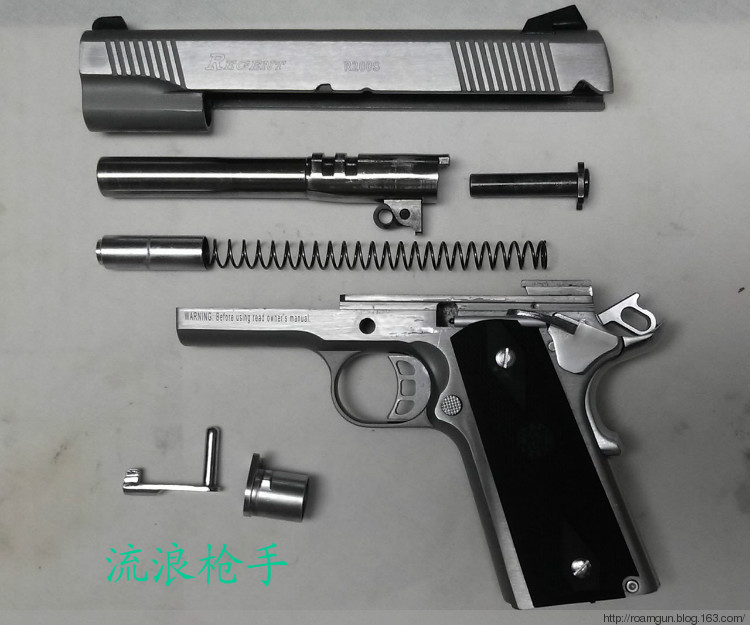
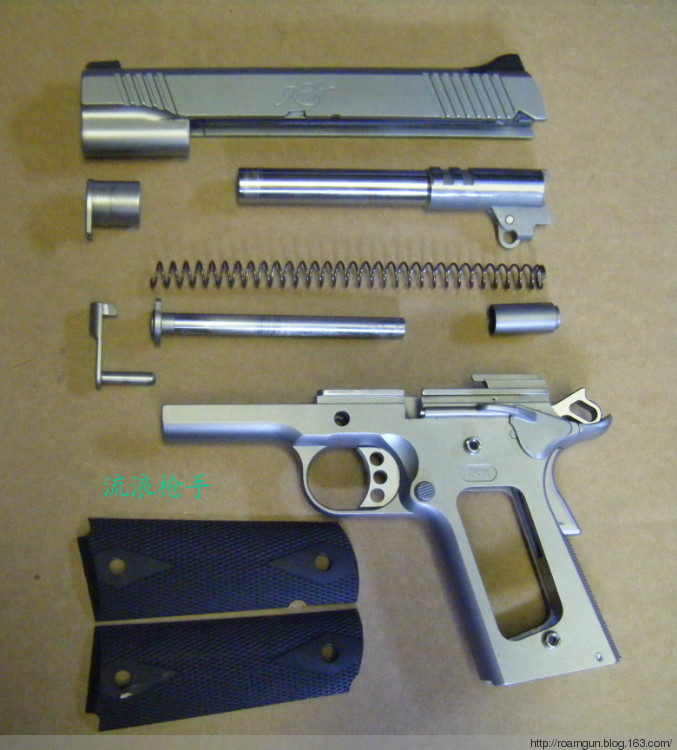
This article appeared in the March 28, 2011 issue of Gun Digest the Magazine. Click here to learn more.
